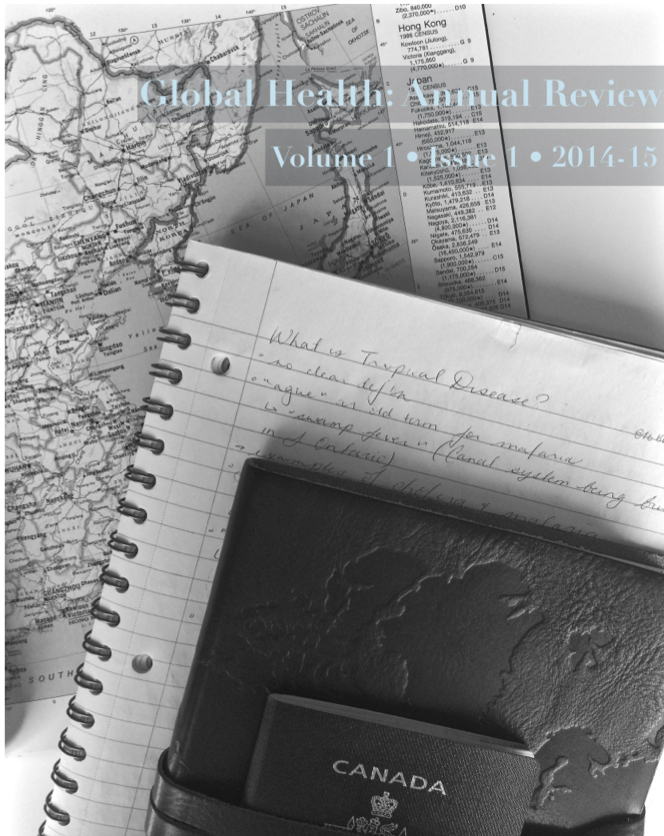Path toward a malaria-free future: an overview of current challenges and strategies for malaria vaccine development
Abstract
Malaria is one of the most devastating parasitic diseases worldwide. According to the World Health Organization (2014) malaria remains to be a major public health concern, representing a substantial global burden with an approximately 584,000 deaths in 97 countries 1,2,3. Despite the efforts that have been done via the malaria-related UN millennium development goals with the global initiatives and partnerships of UNICEF, WHO, UNDP, and the World Bank of the RBM initiative, there is still a high mortality and morbidity of the disease. Furthermore, the recent rise of insecticide and malaria drug resistance treatments have caused many countries to undergo national changes to incorporate the newer more efficacious artemisinin-based combination therapies (ACTs) in their protocols. Misuse of prevention technologies and inaccuracy in clinical diagnosis and microscopy techniques are other challenges that need to be addressed. The emergence of drug resistance in addition to the current challenges with prevention strategies calls for a technically feasible and efficacious intervention. It is clear that based on the existing conventional approaches and current research data, to fully eliminate malaria at large-scale national and global levels, further efforts are required. Currently, new vaccine technologies such as novel adjuvants and vectored prime-boost regimes are under investigation with the goal of creating a partially effective vaccine that can target different stages of the parasite’s complicated life cycle 5,6. Approval of the newly tested RTS,S vaccine, known as MosquirixTM, as the first ever vaccine against a human parasite has been a milestone in malaria elimination strategies 7. Despite 30% efficacy rate, the hope is to combine this vaccine with other malaria control strategies (insecticides, bed nets, chemotherapy, early diagnosis), and reach the goal of a malaria-free world.
References
1. World Health Organization. World Malaria Report 2015 in Geneve; 2015. Available from: http://www.who.int/malaria/publications/world-malaria-report-2015/en/
2. PATH. Accelerating malaria vaccine development; 2015. Available from: http://www.malariavaccine.org/.
3. World Health Organization. WHO Fact Sheets; 2014. Available from: http://www.who.int/mediacentre/factsheets/fs094/en/.
4. Hanson K, Goodman C, Lines J, Meek S, Bradley D, Mills A. The economics of malaria control interventions [unpublished manuscript]. Available from: http://www.liv.ac.uk/lstm/malaria/economicpaper.pdf.
5. Arama C, Troye‐Blomberg M. The path of malaria vaccine development: challenges and perspectives. J Intern Med. 2014; 275(5), 456-466.
6. Mbow ML, De Gregorio E, Valiante NM, Rappuoli R. New adjuvants for human vaccines. Curr Opin Immunol. 2010; 22(3), 411-416.
7. World Health Organization. Malaria Vaccine Rainbow Tables; 2015. Available from: http://www.who.int/vaccine_research/links/Rainbow/ en/index.html


